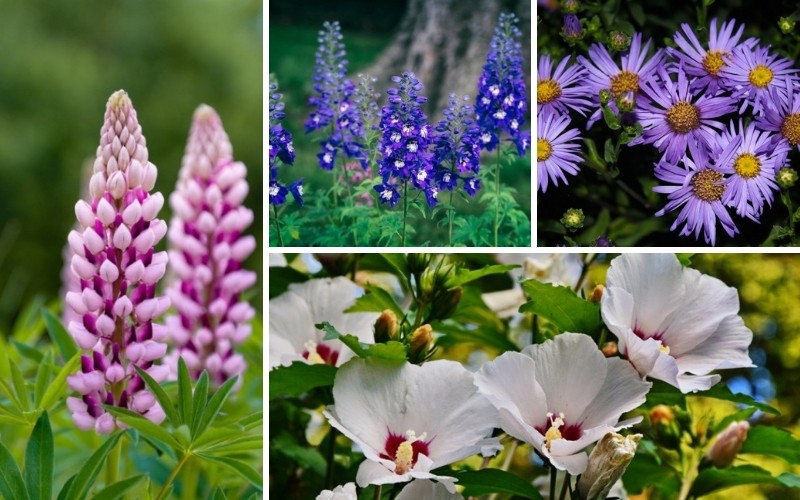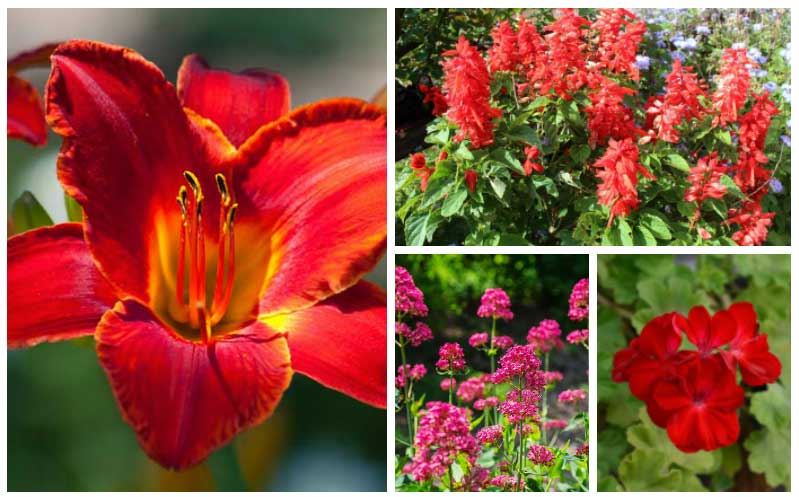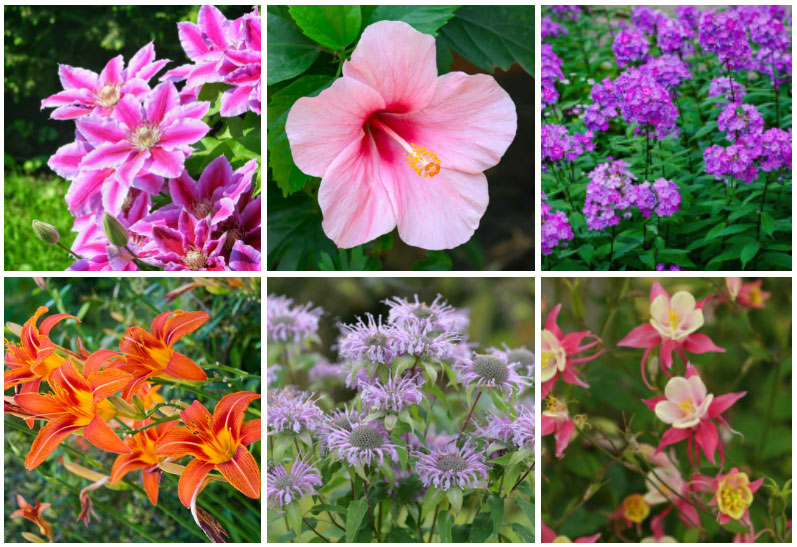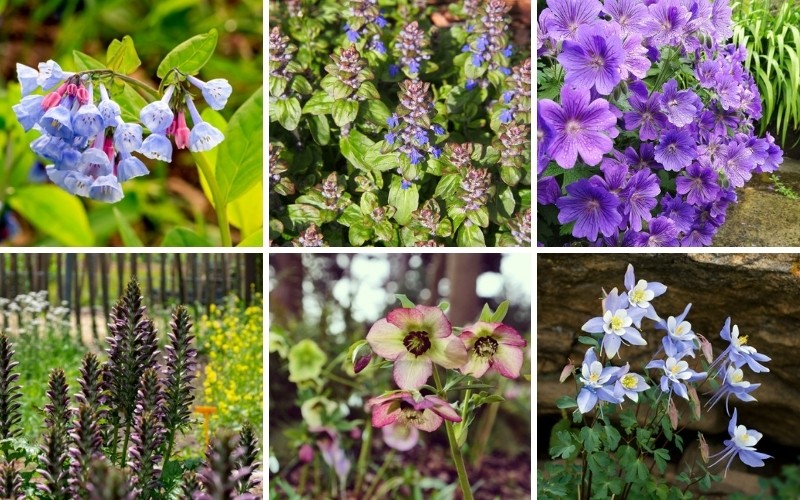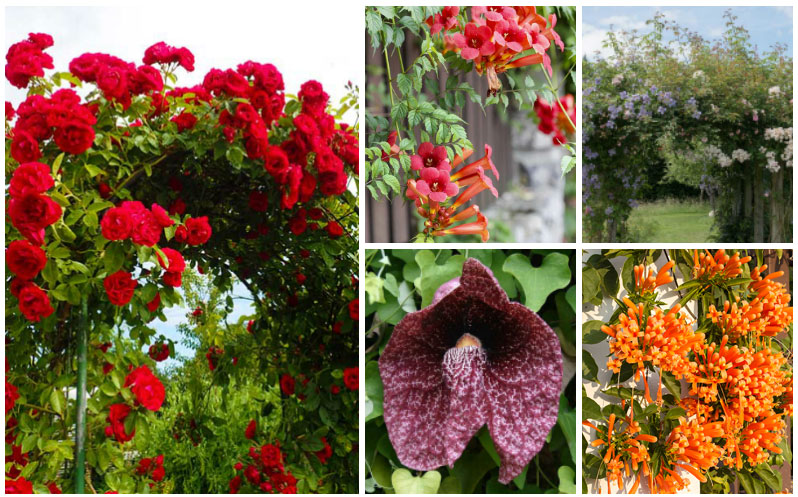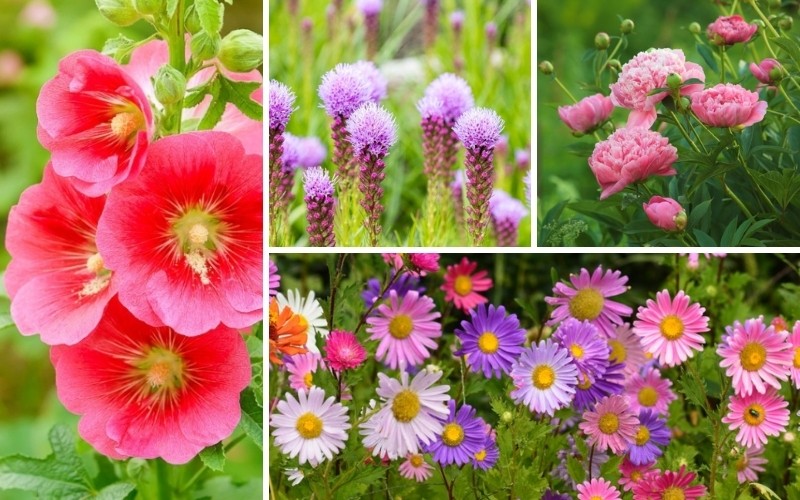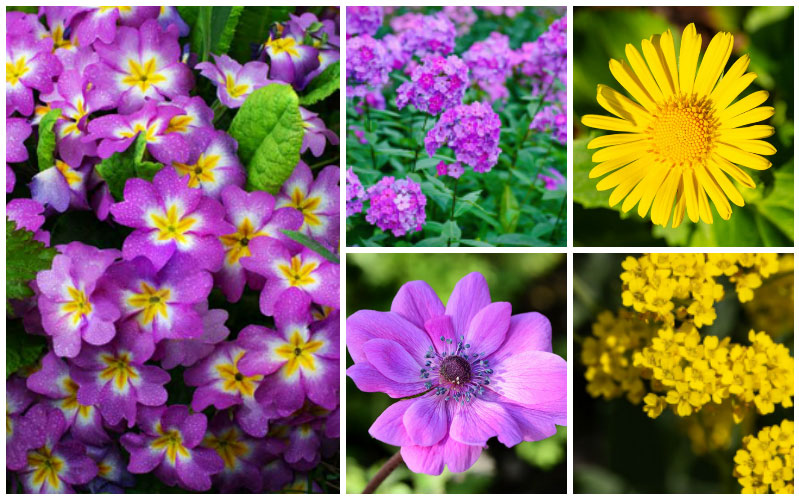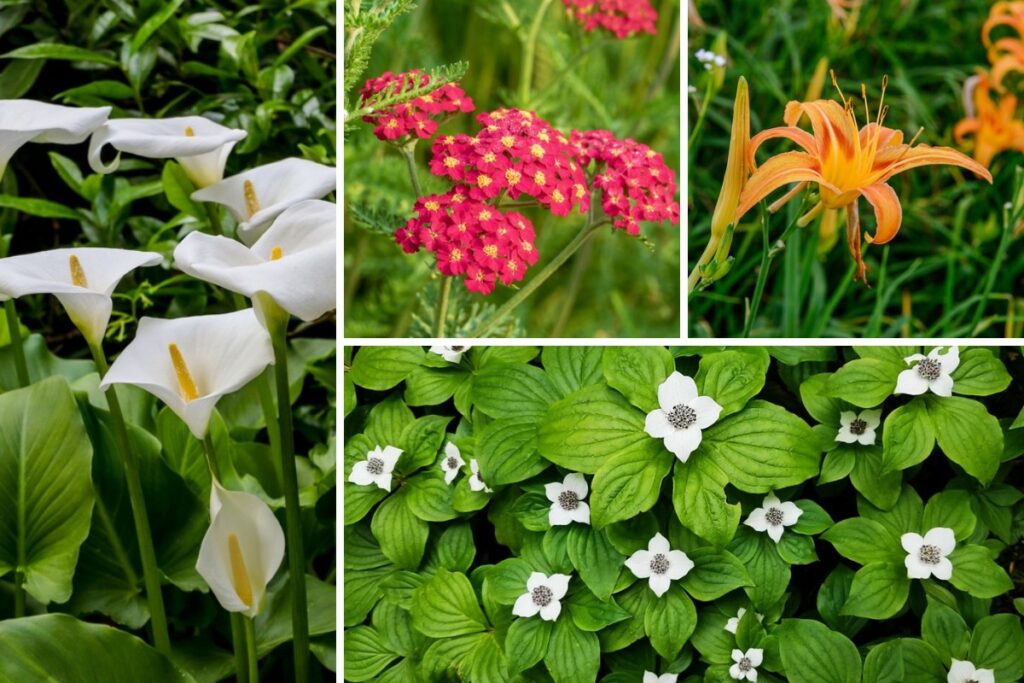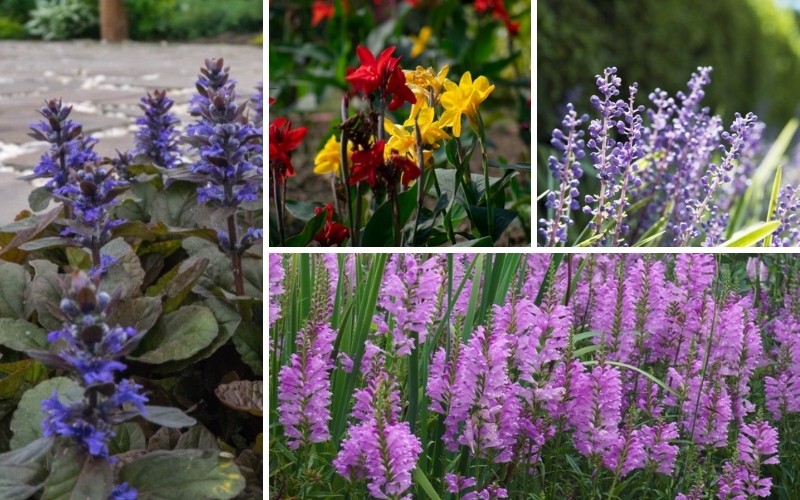
South Carolina is a popular and thriving Southern state that continues to draw more people every year. If you just moved to the state or want to enhance your home’s beauty, you may want to consider the following perennials. They are among the most popular in the state and provide high-quality and decorative flowering options for your home or yard.
Obedient Plant — A Well-Named Growth
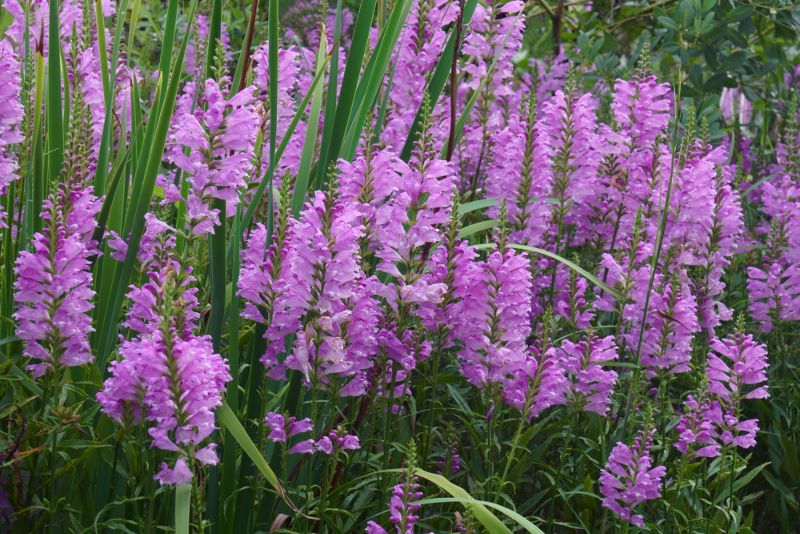
The Obedient Plant (Physostegia virginiana) is a popular perennial in South Carolina because it blooms so well in many conditions, plants easily in moist but well-drained soil, and grows to about four feet (120 centimeters) with light purple-white blooms.
Care Tips: Provide at least 36 inches (90 centimeters) between each of these plants, as they spread to around three feet (90 centimeters) when at their most significant—water when the soil is dry and provide partial or full sun for the best growth.
Cast Iron Plant — A Small, But Reliable, Plant
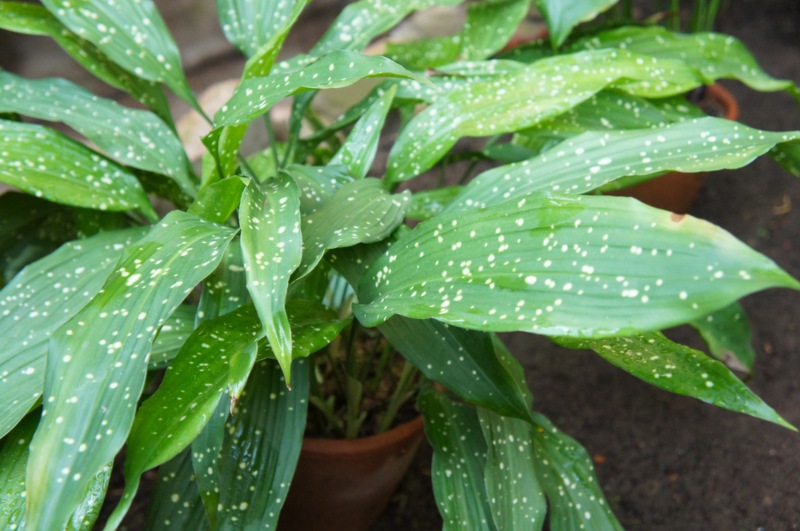
Though this species only gets about two feet tall (60 centimeters), it is very sturdy and can grow in just about any condition. Though it isn’t incredibly decorative due to its minimal flowering, it works well as a border plant or an accenting option.
Care Tips: This plant can thrive well in the shade or the sun, does well with just a little water, and needs no particular pH balance to succeed. Just make sure the soil remains moist and well-drained to keep it strong.
Ajuga Reptans — Another Purple Perennial
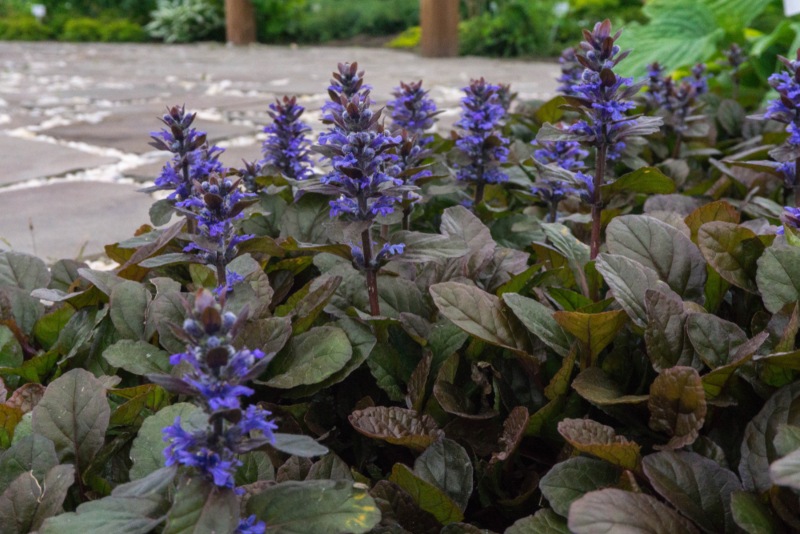
The biggest joy of this plant is that it is pretty easy to grow and provides a beautiful variety of colors, including bright purple flowers, and green, burgundy, and bronze through the rest of the plant, making it quite appealing.
Care Tips: Anticipate growths of up to six inches (15 centimeters) in height and three feet (90 centimeters) in width. Provide water when the dirt is dry but only enough to dampen the surface. Never let water pool on the ground with this plant. And always plant it in partial sun or shade to keep it healthy.
Yellow Flag Iris — Adds a Touch of Yellow to Your Yard
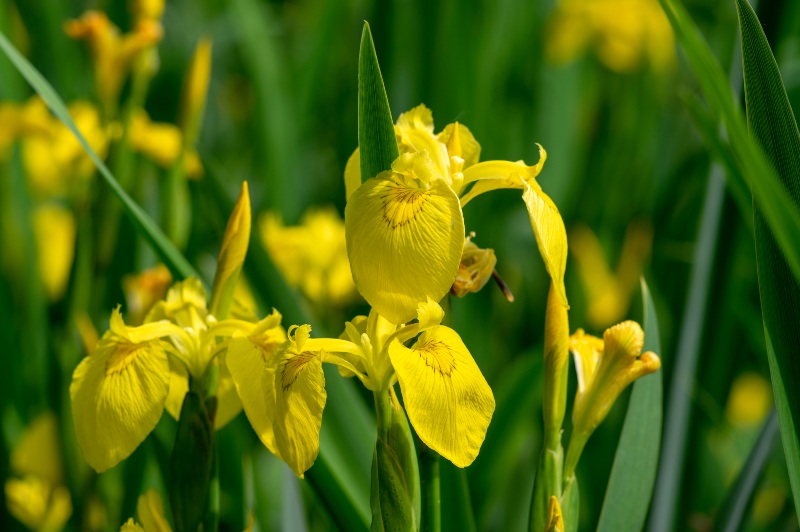
The Iris pseudacorus is a perennial that produces up to 12 flowers per stalk, creating a diverse array of flowers quite quickly. It is also easy to grow, gets upwards of five feet in height (150 centimeters) and three feet in width (90 centimeters).
Care Tips: This vigorous plant likes a lot of water, so try to plant it near a pond or a water garden near your home. If you don’t have one, you’ll need to check every day and water if necessary. Plant in full sun and acidic soil to get the best results.
Swamp Lily — Widespread in Most Southern States
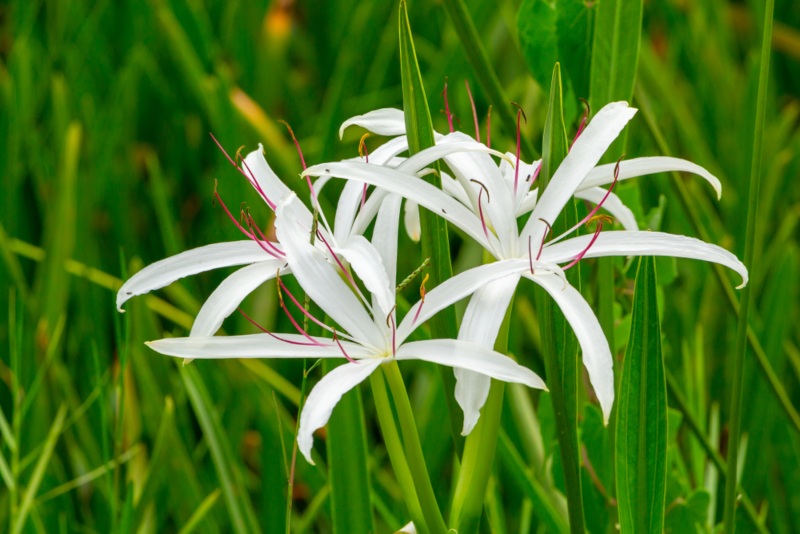
This sturdy flower (Crinum americanum) is popular in Southern states because it is very low maintenance, thrives in moist soil, and withstands heat very well. Its clusters of pink, purple, or white flowers are quite fragrant and thrive in most conditions with ease.
Care Tips: Water the swamp lily every day or every other day, depending on your rain conditions. Anticipate growths of at least three feet (90 centimeters) in height when planted in partial or full sun. Beyond that, this plant is quite hardy and resistant to pests.
Canna — A Striking Red Flower
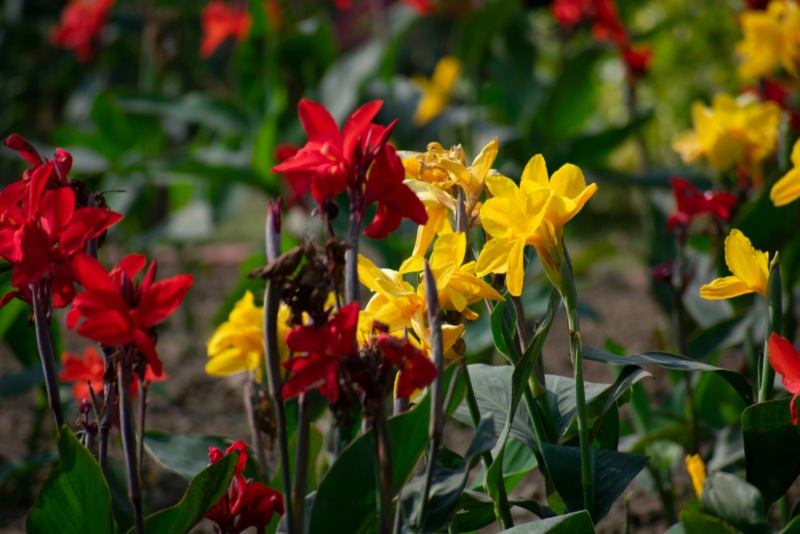
When properly grown, this large plant (seven feet or 210 centimeters) will produce dark bronze leaves with purple tones. The flowers are orange and red and will thrive in the last summer to late fall. They make a great cover plant if you want to take up more room in your garden.
Care Tips: This flower requires full sun and semi-regular watering to stay healthy. If the top of the soil is moist for an inch or two, you should add enough to moisten but not drench the surface. Keep it pruned, if necessary, to avoid excess spread.
Scarlet Bee Balm — A Red and Pink Favorite
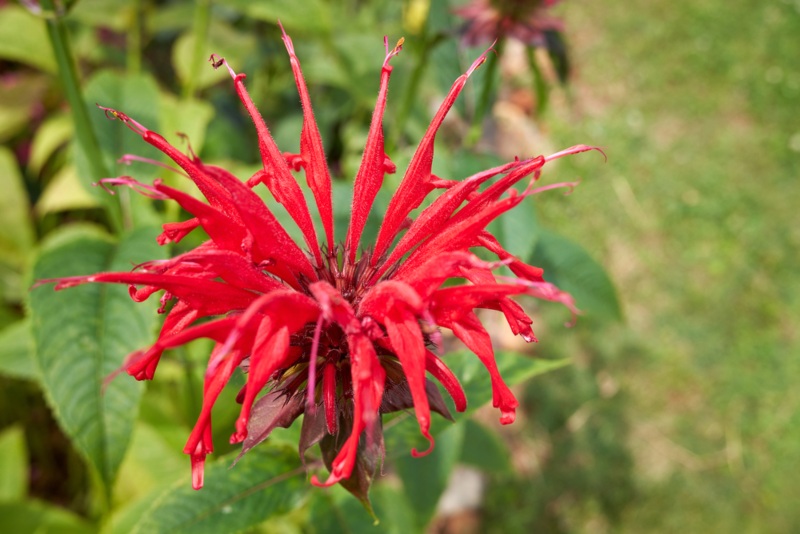
Do you want a bright perennial that is different than the many purple options? Then this species (Monarda didyma) is a good choice. They produce bright pink colors and can spread up to three feet (90 centimeters) and grow up to four feet (120 centimeters) with ease.
Care Tips: Plant in partial or full sun to give this plant the UV rays it needs. Plant in moist and well-drained soil and provide regular watering during the warmest months. Daily watering may be necessary for droughts, as this flower does poorly in such conditions.
Southern Wood Fern — A Popular Wide-Coverage Plant
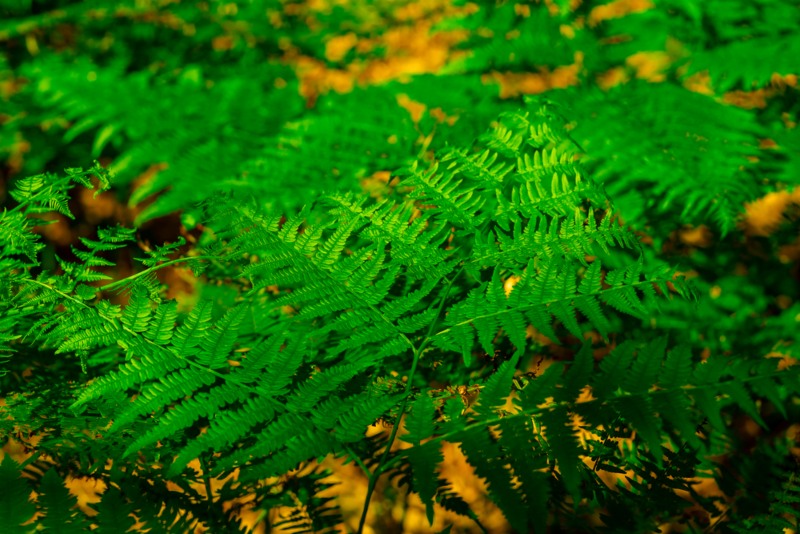
Ferns are a unique perennial because they don’t flower but look attractive anyway. This popular Southern species thrive in South Carolina and provides a wide range of coverage. And it doesn’t grow as thickly as other ferns, making them easier to maintain.
Care Tips: Provide daily watering for your ferns if you aren’t getting a lot of rain or are suffering a drought. Try to place them in partial or full shade to keep them protected from the sun. Beyond these steps, ferns are remarkably easy to grow.
Blue Lily Turf — A Great Border Plant
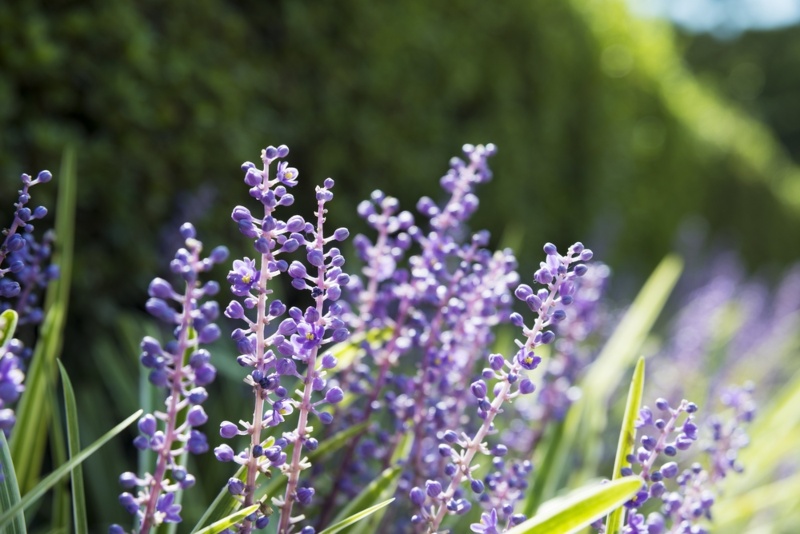
If you’re looking for a subtle border plant that will help accentuate your garden, the Blue Lily Turf (liriope muscari) is a good choice. It sprouts well into the fall, requires little maintenance, and produces eye-catching purple colors across its two-foot (60 centimeters) height.
Care Tips: Though this plant can tolerate shade quite well, it also thrives in partial sun or full sun. Keep it well-watered with once-every-two-day checks of the soil. If you notice it is dry, water until it is moist. Aerate the ground to ensure it drains well.
Black-Eyed Susan — A Legendary Southern Plant
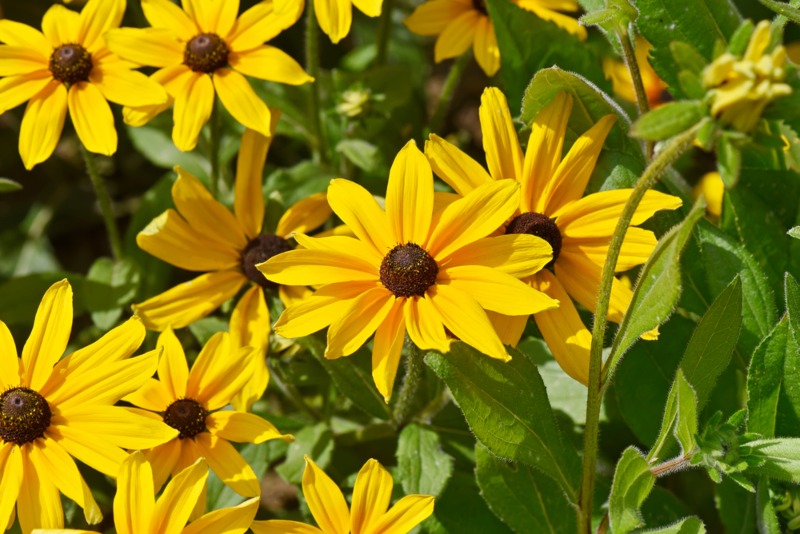
Visitors to South Carolina or any other Southern state has likely seen the black-eyed Susan (Rudbeckia fulgida). This bright, yellow color is versatile, easy to maintain, and thrives in the hot temperatures typical in South Carolina gardens.
Care Tips: Aerate the soil to keep it well-drained long before you plant. Plant in just about any soil pH or type to get great results, as well. Water when the surface of the soil gets dry but don’t let the water pool. Anticipate birds and butterflies coming to check out these flowers.





